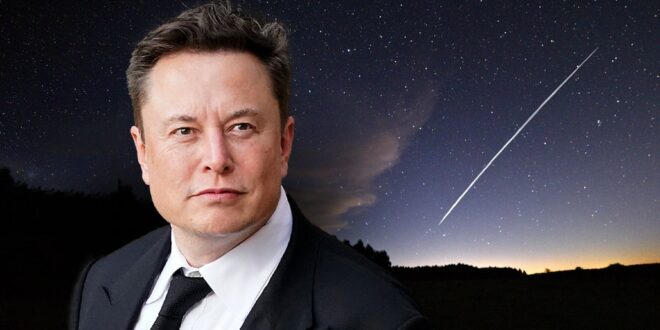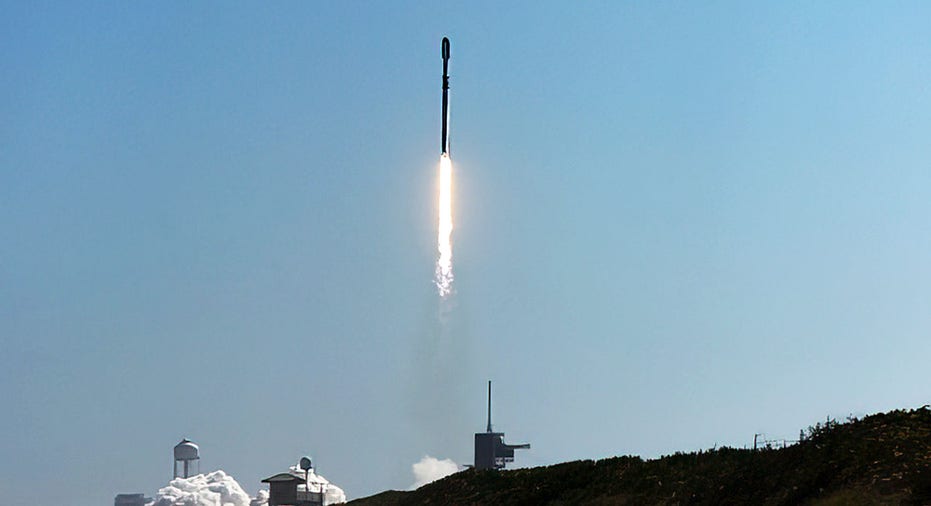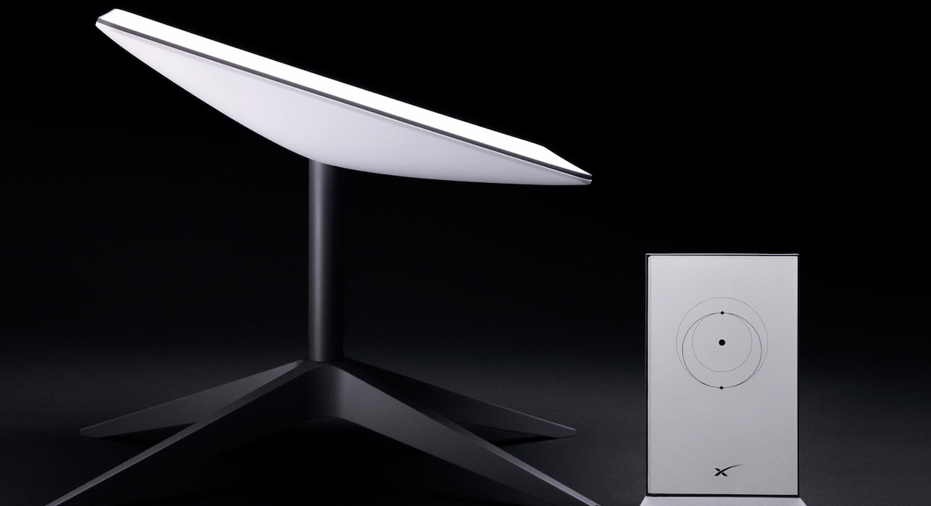TrustedSec founder and CEO Dave Kennedy provides insight on possible cyber warfare amid the Russia-Ukraine conflict on ‘Kennedy.’
Tesla and SpaceX founder Elon Musk’s Starlink technology has been “very effective” in keeping Ukrainians online during the Russian invasion, according to Ukrainian Vice Prime Minister Mykhailo Fedorov.
It was Fedorov, also the Minister of Digital Transformation of Ukraine, who first tweeted at Musk on Feb. 26 pleading for Starlink stations and, in a historic twist that could have widespread implications regarding the future of war, Musk responded that service was active and more terminals were en route.
Ukraine has so far received shipments of thousands of antennas from Musk’s companies and European allies, which have shown to be “very effective” in keeping Ukrainian civilians and government officials online, Fedorov told The Washington Post through a translator in an interview on Friday.
MUSK CHALLENGES PUTIN TO ‘SINGLE COMBAT’ OVER UKRAINE; RUSSIA RESPONDS: ‘WEAKLING’
“The quality of the link is excellent,” Fedorov said. “We are using thousands, in the area of thousands, of terminals with new shipments arriving every other day.”
Fedorov last tweeted on Friday about the arrival of the most recent shipment of Starlink stations, saying that while Russia is blocking access to the Internet, Ukraine is “becoming more open to the entire world.” He thanked Musk, the government of Poland and the Polish fuel retailer Orlen.
“Ukraine is the truth,” Fedorov wrote. “The truth always wins.”
The Telegraph reported that Starlink technology has enabled a Ukrainian drone unit to track down Russian invaders. The newspaper said Aerorozvidka (Aerial Reconnaissance) unit drone teams, especially those in more rural areas, were using Starlink technology to connect to intelligence databases, allowing them to plan flight paths and strikes against Russian forces and tanks on the ground often at night.
Fox News has not independently verified the report about the drone unit benefitting from Starlink technology and requests for comment to Tesla and SpaceX went unanswered Sunday. Dmitry Rogozin, director general of Roscosmos, the Russian space agency, previously sounded off about Musk sending the once “civilian” technology into a conflict zone to disrupt Russian interests in Ukraine.
This long-exposure image shows a trail of a group of SpaceX’s Starlink satellites passing over Uruguay as seen from the countryside some 185 km north of Montevideo near Capilla del Sauce, Florida Department, on February 7, 2021. (Photo by MARIANA SUAREZ/AFP via Getty Images / Getty Images)
An email sent Friday by Tesla’s director of Northern Europe praised employees in Germany for volunteering to package Starlink terminals for rapid delivery after Fedorov’s urgent request last month.
The first shipment arrived in Ukraine a day after his tweet to Musk.
In a discussion on March 7 at the California Institute of Technology, SpaceX president and COO Gwynne Shotwell said the company had been working for about six weeks to get landing rights to launch Starlink service in Ukraine, and Fedorov’s Feb. 26 served as the final go ahead.
“We had been working on trying to get permission — landing rights — to lay down capacity in Ukraine,” she said, according to Space News. “We had been working with the Ukrainians for a month and a half or so… But then they tweeted. There’s our permission.”
According to the email obtained by CNBC, Tesla’s EMEA (Europe, Middle East and Africa) employees assembled Tesla’s Powerwall units, a lithium-ion battery energy storage system that can provide backup power for Starlink terminals. Some of the Powerwall cables were assembled using scrap from Tesla’s new Gigafactory in Berlin, Germany, which received conditional approval to start production last month.
Tesla also offered employees who are Ukrainian nationals up to three months of pay if they return to their home country to answer Ukrainian President Volodymyr Zelenskyy’s calls for reservists to join the fight. Tesla did not have any operations in Ukraine when the invasion began.
Internet access deteriorated in Ukraine the first day Russian launched its invasion and has not fully recovered, though Starlink technology has enabled basic connectivity to stay online in most areas even throughout Russian shelling.
CAPE CANAVERAL, FLORIDA, UNITED STATES – 2022/02/03: People watch from Canaveral National Seashore as a SpaceX Falcon 9 rocket launches from pad 39A at the Kennedy Space Center in Cape Canaveral, Florida. The rocket is carrying 49 Starlink internet satellites for a broadband network. (Photo by Paul Hennessy/SOPA Images/LightRocket via Getty Images) | Getty Images
Musk warned antennas could potentially be targets in Russian controlled airspace. He recommended camouflaging them and putting them as far away from people as possible.
But so far, that hasn’t been an issue, Fedorov said, explaining that the terminals have been used in “densely populated areas where there would be a lot of civilians anyway.”
Starlink technology is fairly new, as are the potential implications of its use in conflict zones.
So far, Fedorov said there hasn’t been an issue of Russian hackers destabilizing the technology, though that does remain a concern. “They currently appear to be very busy attacking the websites of our small towns and villages,” he said. “I think they’re just not at that point yet.”
CLICK HERE TO READ MORE FROM FOX BUSINESS
Fedorov told The Washington Post that he’s working with other European countries to potentially send additional satellite and cellular technologies should broader Internet outages occur, and his agency is trying to get Starlink terminals into areas of Ukraine where service has been cut off.
On Saturday, SpaceX’s Falcon 9 launched 53 Starlink satellites to low-Earth orbit from Cape Canaveral Space Force Station in Florida. That comes after the launch of 48 Starlink satellites on March 9.
 Unmanned Aerial Vehicle The latest drone news
Unmanned Aerial Vehicle The latest drone news






